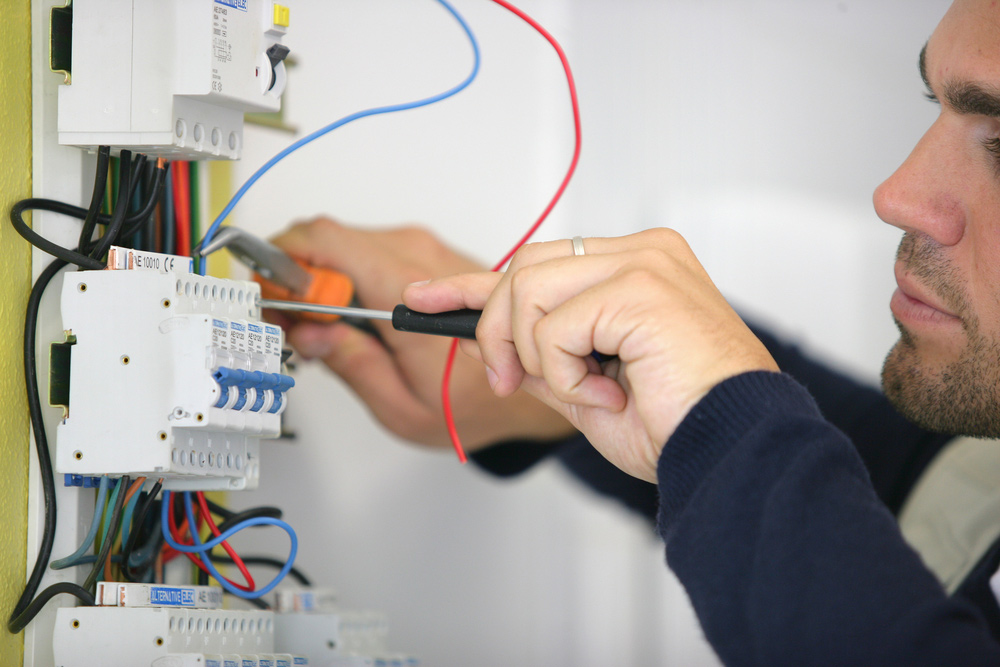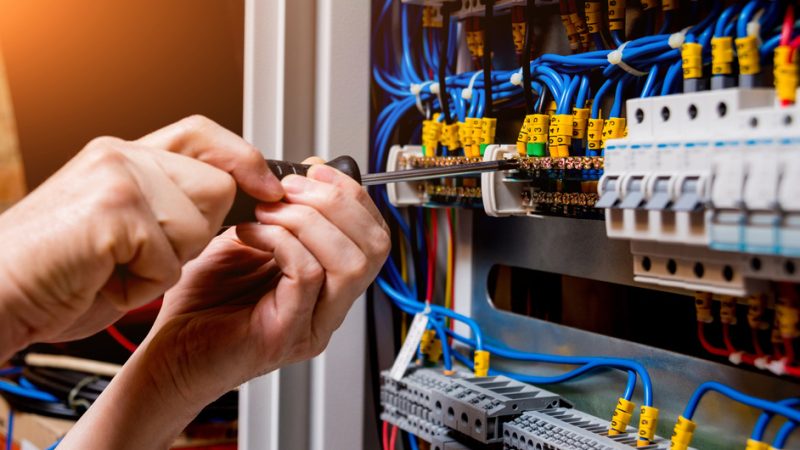Circuit breakers and safety switches at first glance seem the same. In fact, you might use the two terms interchangeably. But there are differences between them. Yes, both protect you, but they do not work in the same way.
In this post, we explain what a circuit breaker is, what a safety switch is, and how they differ from each other. We then take a look at some examples of how Bendigo homes and businesses use them.
What Is A Circuit Breaker?
A circuit breaker is a component that protects your home’s electrical system. You can think of it as sacrificing to protect the electrical system of your property as a whole. Rather than allowing current surges to damage your electronics, appliances, and lighting, the circuit breaker takes the brunt first.
Circuit breakers rely on traditional fuses. When the current passing through the fuse gets too high, it melts, thereby protecting the rest of the circuit.
In this sense, circuit breakers are important. They protect your electrical system, cut your bills, and reduce the risk of fire.
What Is A Safety Switch?
A safety switch is a device that monitors the rate electricity flows through a circuit and detects differences in both live and neutral wires. If it discovers that current is flowing through anything other than the circuit, it’ll flip a switch within 0.03 seconds, cutting the power.
What Is The Difference Between A Circuit Breaker and A Safety Switch?
From the above, you should be able to see some differences between circuit breakers and safety switches. Circuit breakers cut off the electricity supply permanently until you replace them. The moment the fuse burns through, the circuit is out of action. You can usually turn the safety switch back on.
The other big difference is in what circuit breakers and safety switches protect. Circuit breakers prevent excessive current from damaging the electrics and electronics in your home by cutting out power once it exceeds a certain threshold. Safety switches, on the other hand, primarily protect users against electric shocks. They also stop fires and power surge damage.
There’s also a difference in the area of protection offered by each of these systems. Circuit breakers typically protect the entire house while safety switches only turn off when detecting a short on a local circuit (usually connected to an appliance).
How Bendigo Homes And Businesses Use These Devices
Bendigo homes and businesses use circuit breakers for a simple reason: to prevent short circuits from damaging expensive elements in the system.
Circuit breakers, for instance, can prevent loose cables in electrical boxes from creating dangerous feedback. They can also prevent damage to wires if you try plugging in and running too many appliances at the same time.
Ultimately, people and businesses in Bendigo use them to protect their property and reduce damage over the long term. Replacing a circuit breaker is considerably less expensive (and safer) than replacing other elements in the circuit or an expensive appliance.
Safety switches have more applications than circuit breakers because they operate across single circuits, not entire homes or businesses.
Unfortunately, safety switches aren’t always 100 percent reliable, which is why it is critical to maintain them. Bad weather, defects with the switch, faulty appliances, fluctuations in the power supply, or damaged wiring can set them off. It is important to maintain your safety switches by making an appointment with a qualified electrician in Bendigo to inspect your system to ensure that it is working correctly if you suspect an issue
You can usually find circuit breakers in the fuse box protecting all the electrics in the building.
If you require assistance with circuit breakers and safety switches- or think that you may need a full switchboard upgrade, get in touch with our local, expert team today at O'Brien Electrical & Air Conditioning.




